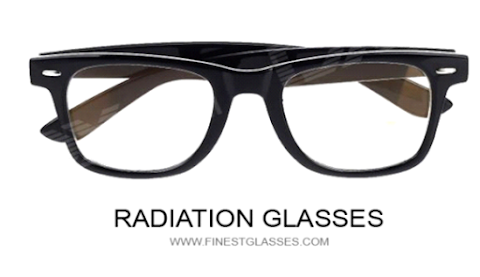Prescription Glasses vs Reading Glasses: Understanding the Difference
Prescription glasses and reading glasses are both types of vision correction devices that help people with various eye problems see clearly. However, despite their similarities, there are several differences between prescription glasses and reading glasses that are important to understand. In this article, we'll explore the key differences between these two types of glasses, what each is used for, and when to consider each type.
Prescription Glasses
Prescription glasses are glasses that are customized to
correct a person's vision based on a prescription from an optometrist. The
prescription takes into account the person's nearsightedness, farsightedness,
astigmatism, and other vision problems. Prescription glasses are made to
correct these issues and help the person see clearly both near and far.
Reading Glasses
Reading
glasses, on the other hand, are glasses specifically designed to help people with
presbyopia, a condition that makes it difficult to focus on close-up objects
like books, smartphones, and computer screens. Unlike prescription glasses,
reading glasses do not take into account a person's overall vision problems.
Instead, they have a fixed lens strength, typically ranging from +1.00 to
+4.00, that is designed to help people with presbyopia see clearly when reading
or working on close-up tasks.
Differences
One
of the key differences between prescription glasses and reading glasses is the
type of vision correction they provide. Prescription glasses provide correction
for a wide range of vision problems, while reading glasses are designed
specifically to correct presbyopia. Additionally, prescription glasses are made
to correct both near and far vision, while reading glasses are only meant to
help with close-up tasks.
Another
difference between the two is the level of customization. Prescription glasses
are customized based on a person's specific prescription, while reading glasses
come in pre-made strengths and are not customized to a person's specific needs.
Finally,
prescription glasses can be made with various lens options, such as progressive
lenses, bifocal lenses, and others, while reading glasses typically only come
in single-vision lenses.
When to Consider Prescription Glasses
Prescription glasses should be considered by anyone with
vision problems, such as nearsightedness, farsightedness, astigmatism, or a
combination of these issues. These glasses are made to correct a person's vision
and provide clear vision both near and far. Additionally, prescription glasses
can also be made with progressive lenses, which provide a smooth transition
between distance, intermediate, and near vision.
When to Consider Reading Glasses
Reading
glasses should be considered by anyone with presbyopia, a condition that makes
it difficult to focus on close-up objects. These glasses are designed
specifically to help people with presbyopia see clearly when reading or working
on close-up tasks. Reading glasses are a good option for those who only need
vision correction for close-up tasks, and do not need correction for distance
vision.
In conclusion, prescription glasses
and reading glasses are both types of vision correction devices that help
people see clearly. However, there are several differences between the two,
including the type of correction they provide, the level of customization, and
the lens options available. To determine which type of glasses is best for you,
it's important to have a comprehensive eye exam and talk to your optometrist
about your specific vision needs.


Comments
Post a Comment